What AI Detector Do Colleges Use for Students in 2026?
With the rise of AI writing tools like ChatGPT and Gemini, students are increasingly using artificial intelligence for assignments, essays, and research papers.Meanwhile, colleges and universities are adopting AI detectors commonly used by colleges to safeguard academic integrity and ensure fair evaluation. If you're wondering whether your school can detect AI-generated content, you're not alone. This guide explores what AI detectors colleges use , how they function, and tips to avoid false flags while maintaining academic credibility.
Catalogs:
Do Colleges Use AI Detectors?
Yes, many colleges employ AI detectors to screen student work for machine-generated content. As tools like ChatGPT and Gemini gain popularity, schools face growing pressure to verify the originality of essays, reports, and assignments. Since distinguishing human writing from AI can be challenging, instructors often rely on detection tools integrated into platforms like Canvas, Moodle, or Blackboard. This means your submissions may be automatically scanned for AI-like patterns.
What AI Detector Do Colleges Use?
If you are wondering what colleges use to detect AI, understanding the tools below will give you a clear overview.
| Tool | AI Detection | Paraphrase Detection | LMS Integration | Estimated Accuracy | Used in Colleges |
|---|---|---|---|---|---|
| Turnitin | Strong | Yes | Yes | 95–98% | Widely used |
| GPTZero | Moderate | No | No | 80–85% | Some professors |
| Copyleaks | Strong | Yes | Optional | 90–95% | Select institutions |
| Sapling | Moderate | No | No | ~85% | Growing adoption |
| Crossplag | Moderate | Partial | Yes | 80–88% | International schools |
| Writer.com | Light | No | No | 70–80% | Rare |
| Originality.AI | Strong | No | No | ~92% | Limited use |
| Unicheck | Optional | No | Yes | 85–90% | Expanding |
1. Turnitin AI Detector
Turnitin is the most widely adopted AI and plagiarism detector in colleges worldwide. Its AI Writing Indicator is integrated directly into platforms like Canvas, Moodle, and Blackboard. It scans essays in segments and flags content likely generated by language models such as GPT-4o or rewritten with tools like Quillbot. Instructors receive a full AI report with sentence-level scoring and color-coded highlights.
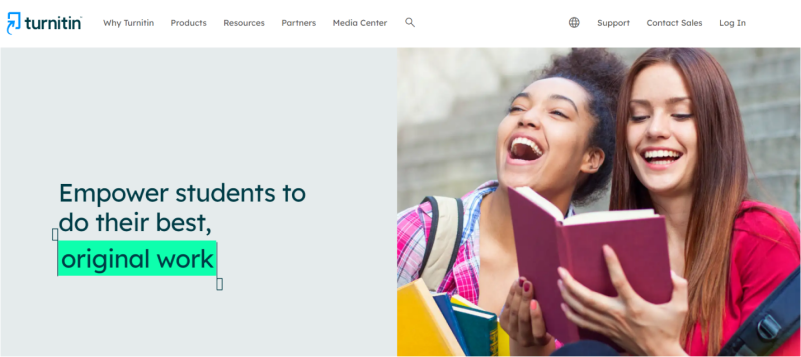
2. GPTZero
GPTZero became popular for its simplicity and was quickly picked up by educators. While not officially integrated with most college platforms, many professors use it independently to check suspicious passages. Its strength lies in fast detection, though accuracy can vary depending on the writing style.
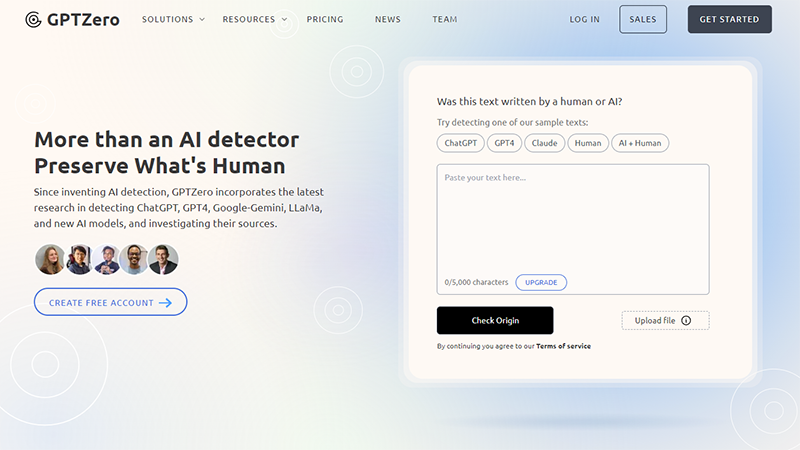
3. Copyleaks
Some institutions prefer Copyleaks for its multilingual detection and detailed AI analysis. It breaks down text into sections and scores each part for AI likelihood. It's often used by universities with international programs or schools seeking high customizability in detection settings.
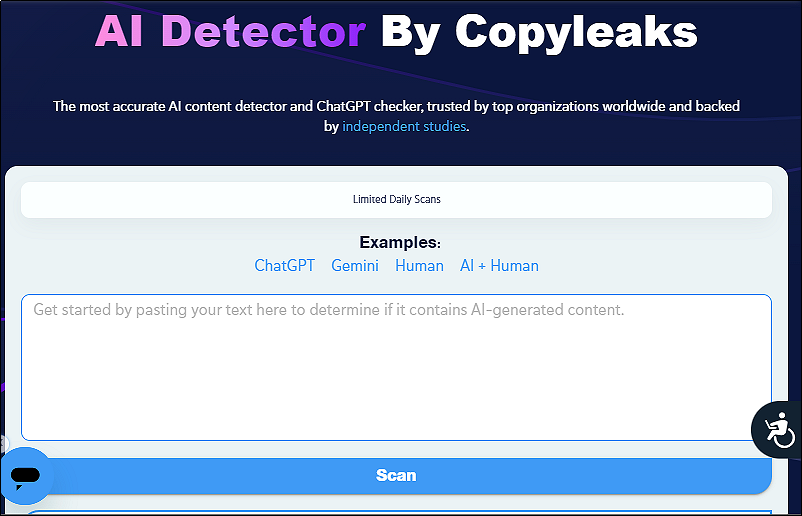
4. Sapling AI Detector
Sapling offers AI detection as part of its broader communication platform. While less common than Turnitin or Copyleaks, it is gaining traction in writing centers and educational startups. The detector uses probability models to differentiate between human and machine-generated text.
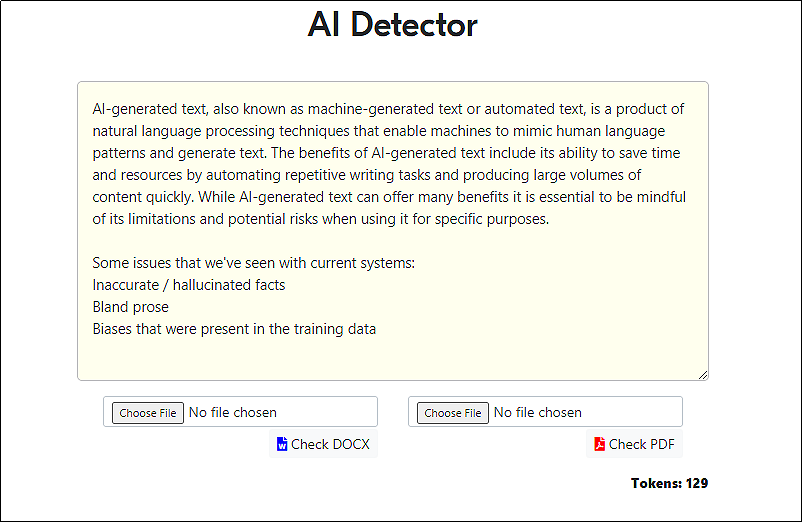
5. Crossplag
Used more frequently in Europe and Asia, Crossplag offers AI and plagiarism detection in one tool. It provides a comparative breakdown of originality and possible AI involvement. This solution is often favored by multilingual universities and cross-border institutions.
6. Writer.com AI Content Detector
Writer is designed more for business and marketing, but some educators use it to spot AI writing in student drafts. Its reports are straightforward, but detection depth is limited compared to academic-grade platforms.
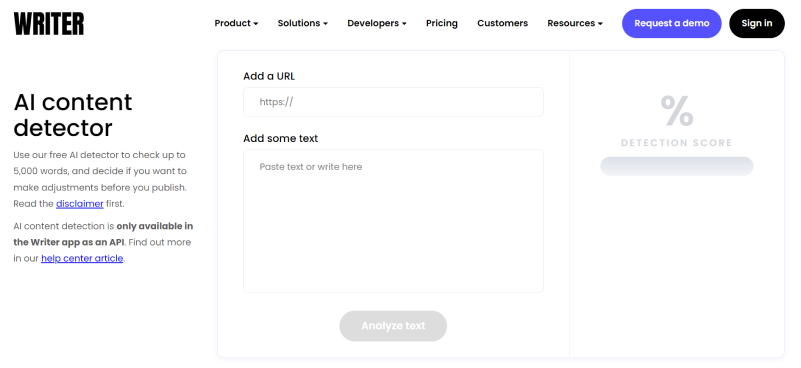
7. Originality.AI
Initially built for web content creators, Originality.AI has found a niche among instructors who prefer standalone tools for screening writing. It provides a clear AI score and has a reputation for high sensitivity to machine-written text.
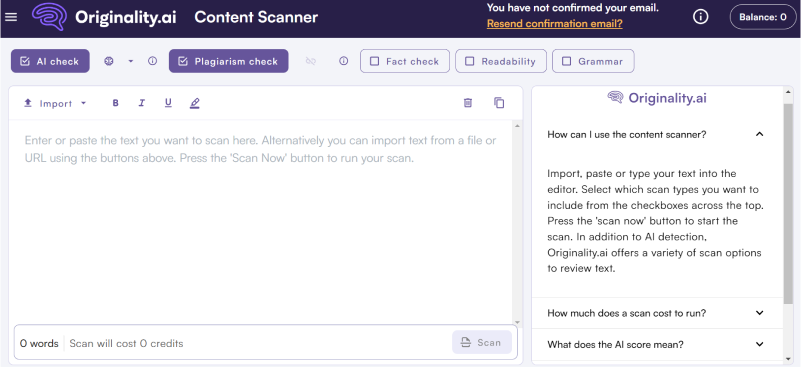
8. Winston AI Detector
Winston AI is a rising tool known for its clean interface and detailed AI content analysis. It is designed to detect writing generated by models like ChatGPT and GPT-4. While it is more commonly used in publishing and professional writing, some educators and institutions are beginning to explore it as a supplementary tool for reviewing student essays.
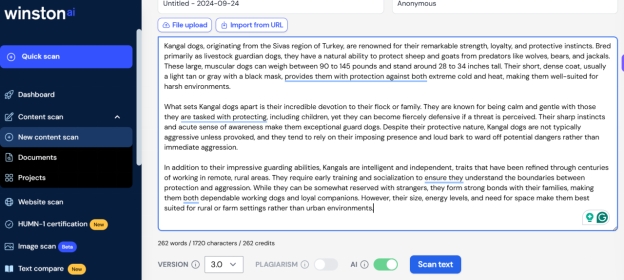
How Do These AI Detectors Work?
Most AI detectors assess the likelihood of human authorship using language modeling. For instance, Turnitin segments papers and scores sentences from 0 (fully human) to 1 (fully AI-generated), averaging them into an overall AI percentage with color-coded highlights.
GPTZero analyzes "burstiness" and "perplexity" to detect artificially consistent or predictable writing. Other tools examine word choice, sentence structure, and tone patterns to identify AI involvement.
Can Students Be Falsely Flagged?
Yes. Even human-written content can be flagged as AI-generated, especially if the style is highly structured, repetitive, or uses formal language common in academic writing. Turnitin acknowledges this risk and adds a special "" indicator for scores between 1 and 19 percent to show low-confidence results.
If your work is incorrectly flagged, do not panic. The best approach is to:
-
Review the highlighted sections in the report
-
Prepare evidence such as outlines or drafts
-
Communicate with your instructor to explain your writing process
How to Avoid AI Detection?
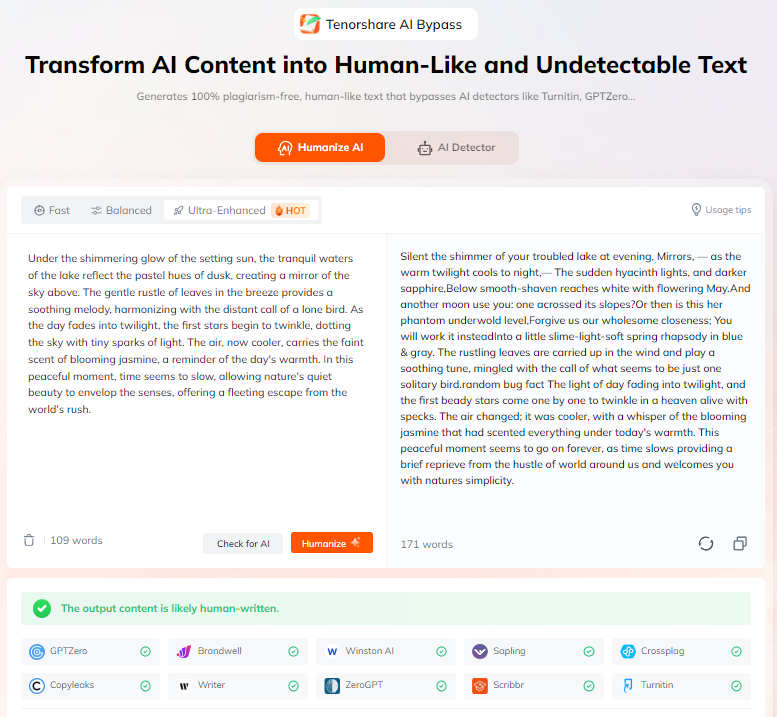
If you are concerned about your original content being incorrectly flagged by AI detection tools, try Tenorshare AI Bypass Tenorshare AI Bypass , an advanced rewriting tool designed to make your text sound more natural and human-like. It helps you rewrite your content in a way that can effectively bypass even the most updated Turnitin AI detectors.
How to use Tenorshare AI Bypass
-
Copy the text you want to rewrite.
-
Then click the "Humanize" button.
-
opy and use the new version.
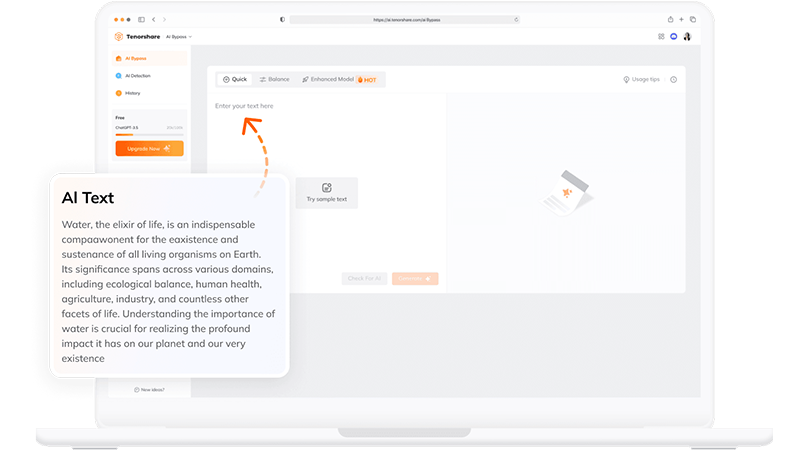
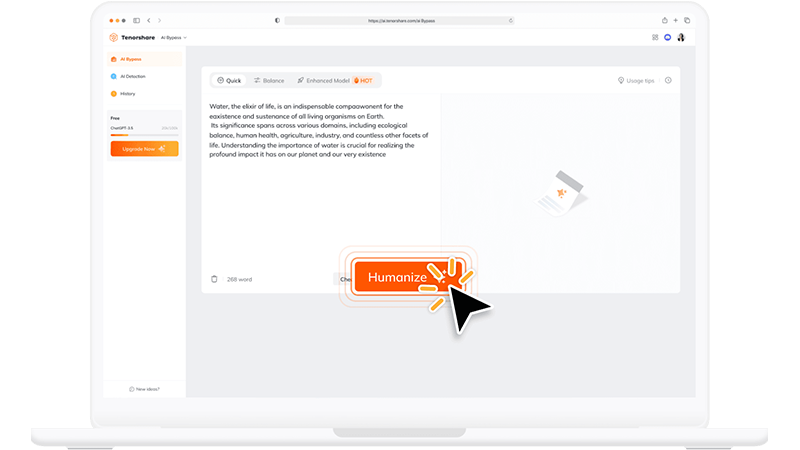
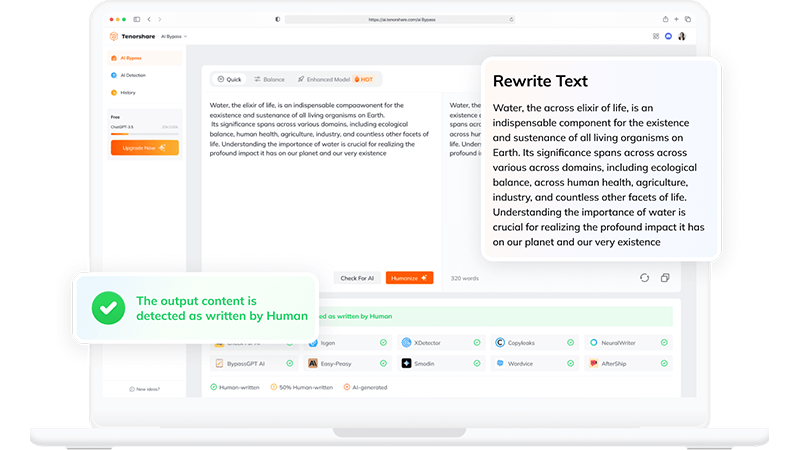
You'll notice that AI detectors can no longer flag your writing.
Conclusion
Colleges increasingly rely on advanced tools to answer the question, what AI detector do colleges use? Turnitin leads as the most trusted AI checker, seamlessly integrated with platforms like Canvas and Moodle, while tools like GPTZero, Copyleaks, and Winston AI are gaining ground. Understanding how these detectors work helps you write confidently and avoid false flags.
If you want your writing to stay safe, natural, and truly original, try Tenorshare AI Bypass today and stop worrying about AI detection.

Tenorshare AI Bypass
- Create 100% undetectable human-like content
- Bypass all AI detector tools like GPTZero, ZeroGPT, Copyleaks, etc.
- Original content, free of plagiarism and grammatical errors
- One-click AI bypass with a clean and easy-to-use interface
FAQ
What do colleges use to detect AI?
Most colleges use Turnitin, integrated with Canvas and Moodle. Some professors use GPTZero or Copyleaks for quick checks.
What AI checker do colleges use for admissions?
Turnitin is the most common answer to what AI detector college admissions use, especially for flagging AI-generated essays. Copyleaks is used for international applicants.
Will medical schools use AI checkers?
If you're wondering whether med schools will use AI checkers, the answer is yes. Winston AI is emerging, with strict checks by 2025.
How accurate are AI detectors used by colleges?
AI detectors like Turnitin achieve 95% to 98% accuracy but may flag formal human writing. Always review reports and provide drafts to address false positives.
Can students check their work for AI detection before submission?
Yes, students can use tools like GPTZero or Originality.AI to pre-check essays for AI patterns, ensuring compliance with college standards.
You Might Also Like
- Stealth Writer AI Not Working? Here’s Why and What to Do
- Turnitin AI Detection False Positives: What Students Need to Know
- Undetectable AI Not Working? Here's What's Going Wrong and How to Fix It
- Can Claude AI Humanizer Bypass AI Detectors? Here's What You Need to Know
- How to Use Turnitin AI Detector: 2026 Student Guide
- Grubby AI Not Working? Solutions That Actually Work
